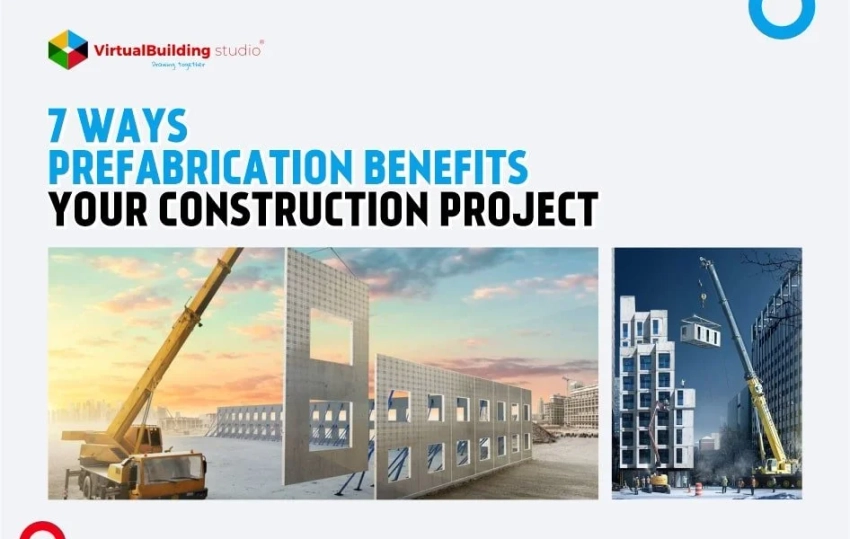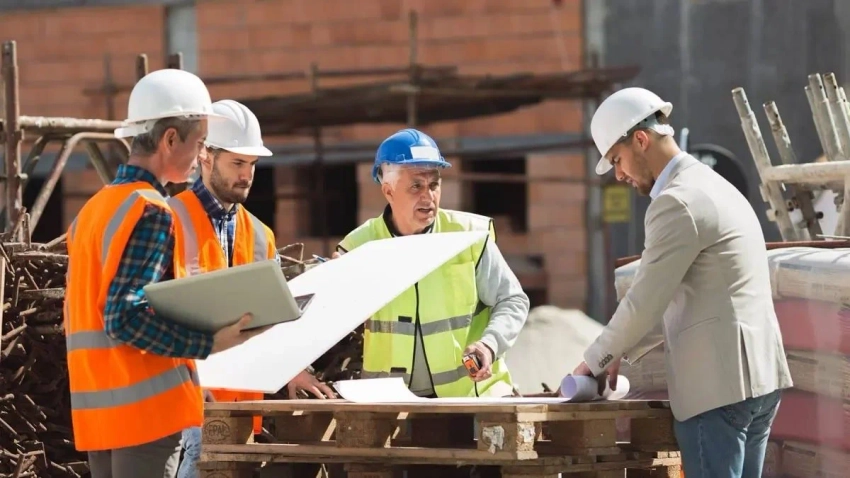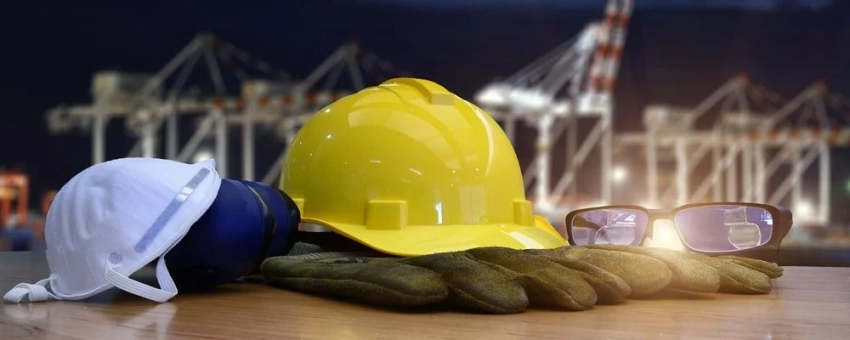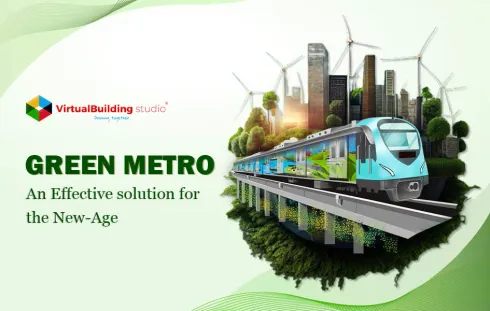
The demand for infrastructural and real estate projects in India has increased in the past few years. It is likely that by the year 2025, the construction industry would account for about 13% of our country GDP1. This change would be brought about by technologies such as AI, AR, VR, and BIM.
The construction industry has remained the most under-digitized of the industries for the longest time, but, in the coming years, we are likely to see a significant shift towards automation. The integration of AI into BIM technology has already laid the foundation for the digitization of the construction industry.
It is astonishing to think about how this industry has grown over the years. To keep up with today high demand for construction, we are persistently looking for ways to increase productivity while ensuring high-quality output with minimal risks to safety. One of the increasingly popular trends that is helping overcome these challenges is prefabrication.
Prefabrication is the method of assembling components of a structure at a manufacturing site or in a factory, and then transporting complete assemblies or sub-assemblies to the site of the construction.
Simply put, we construct several components before they hit the job site. The construction of building components off-site is not recent; it dates back a century.
The reason it did not make it big was that back then, prefabrication was associated with off-site and modular constructions that were mass-produced with poor quality.
This method has transformed with the help of BIM technology. Prefabrication is becoming increasingly popular today due to improved quality and cost-effectiveness. BIM helps enhance project visibility by creating 3D visuals.
The I in BIM stands for information on building materials that aids in the coordination of production. Prefabrication is bridging the productivity gap by the wider adoption of BIM.
It is predicted that modular construction will increase by 6% by the year 20223. It has gained steady popularity in this sphere and is likely to stay. Let’s look at some of the benefits that prefabrication offers to businesses and customers:
Shorter Construction Duration
A modular building can go up as much as 50% faster than traditional construction, taking a project from conception to completion quickly and easily reaching that coveted return on investment fast Prefabrication guarantees project delivery on time by maintaining a strict timeline.
Quality Check
Prefabrication construction takes place in a controlled environment that follows specified standards, thereby ensuring the quality of their delivery.

These manufacturing sites run multiple quality checks that ensure the consistent quality of their delivery. Some components are tailor-made with precise machine equipment for conformity to building code.
Cost Reduction
A lot of people seem to believe that these custom-made components are highly expensive, and understandably so, but it is quite the opposite. Prefabrication manufacturers target all budgets and offer one-too-many affordable options.
It is also more affordable to move partial assemblies from a factory than it is to move pre-production materials to the construction site. The reduction in construction time additionally wanes down the possibility of cost overruns.
Sustainable Construction:
This off-site construction results in reduced pollution and minimizes the disruption of the local ecosystem. Also, none of the raw materials or the scraps go to waste as they can be recycled in-house in a factory setting. This approach is eco-friendly and also results in increased energy efficiency.
With less on-site traffic and streamlined transportation, fossil fuel consumption plummets, pollution is controlled, waste management is better, and higher productivity with minimal interference is guaranteed
Safety:
Safety remains one of the key challenges for the construction industry. There are several occupational health hazards in the construction industry.

Off-site manufacturing of building components protects workers from weather-related health risks, and an indoor environment presents considerably lower risks for accidental injuries.
Flexibility:
These assemblies and sub-assemblies are easy to disassemble for relocation. One of the exceptional advantages of prefabrication is that it allows for several changes in the design structure as they are to be used in different spaces with different building types.
This flexible nature of modular construction is one of the key reasons why it has gained so much popularity recently.
Higher productivity in times of labor shortage:
With prefabrication, we can make the most of the labor available on-site, thereby, increasing productivity while maintaining a tight timeline.
All of these benefits highlight the reasons for the continued popularity of prefabrication construction. It is apparent that it is here to stay, and it is likely to expand in the coming years. It allows customers to enjoy a high-quality, faster, and more efficient approach to construction.
As the manufacturing industry expands globally, we are beginning to understand that there is so much more we can do here. Shortly, expect to see complete modular rooms with furnishings being delivered to our doorsteps, ready for installation.
Bibliography :- https://www.fourrwalls.com/guide/real-estate-to-contribute-13-percent-to-indias-GDP-by-2025/art199
- https://www.prnewswire.com/news-releases/modular-construction-market-is-predicted-to-grow-at-approximately-6-by-2022-300348310.html
- http://www.brandt.us/advancing-commercial-construction-with-off-site-modular-construction/




